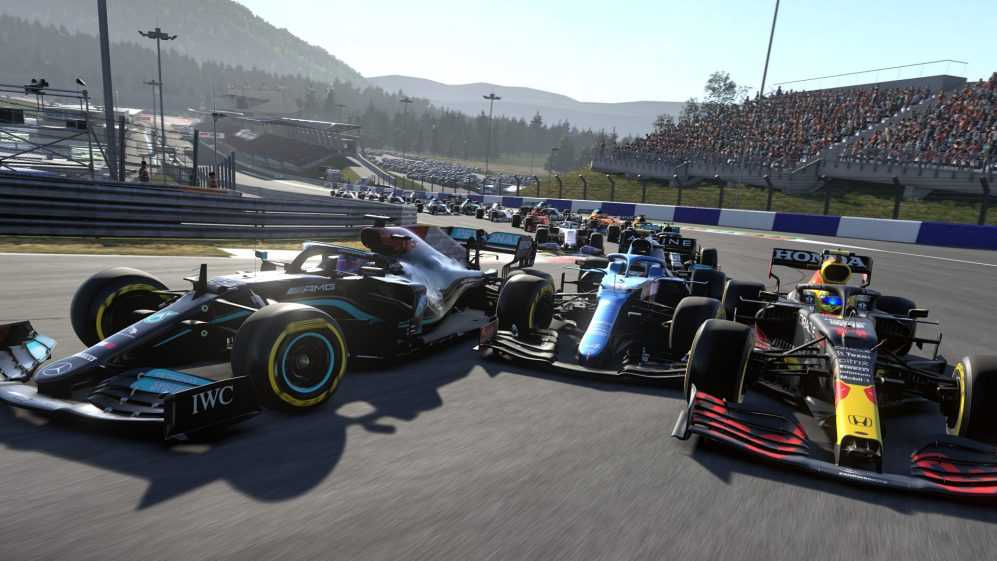Don’t blink, or you might miss a virtual Formula One race car whizzing by on your screen. The esports version of the popular motorsport has been growing by leaps and bounds. F1 recently announced that its F1 Esports series gained enough momentum during 2021 that it more than doubled its viewership year-over-year to reach over 23 million views across digital platforms.
The series’ main event, the Pro Championship, saw 13.8 million views alone, representing a 47% increase over 2020. Additionally, F1 reported that there were 10.5 million engagements on the official F1 Twitter, YouTube, Facebook, Twitch, and Huya channels, far eclipsing the 4 million generated during 2020.
F1, NASCAR, MotoGP and other top motorsports received an esports boost back in 2020 when real-world racing was paused mid-pandemic. There’s been no sign of slowdown, as more racing orgs look to straddle the line between physical and virtual driving talent – in many cases, top racers will compete in both esports and on the tarmac. McLaren star Lando Norris did just that and became the “unofficial face of F1 and esports,” according to ESPN.
Norris expects more drivers to follow. He explained to The Washington Post, “…there’s already been a decent amount of cases of people that have come through from never driving a car before, only driving on a simulator at home or wherever they are, and winning an award of this championship and then getting the opportunity to go into an actual car and show their talent. And a lot of it can translate; if they’re very good in the simulator, they can be very good in an actual race car.”
As gaming and esports culture increasingly drive entertainment as a whole, motorsports have a great opportunity to continue to capitalize on the converging audiences. In fact, Interpret’s New Media Measure® shows that Gen Z and Millennials account for over 60% of the F1 fan base in the US, which aligns quite well with the esports audience composed of 41% Millennials and 25% Gen Z. The average age of an esports viewer in the US is now 34 years old, and as we’ve described previously, the 35 and up crowd represents one of the faster growing segments within esports, which should give F1 encouragement as it builds up its esports presence.






